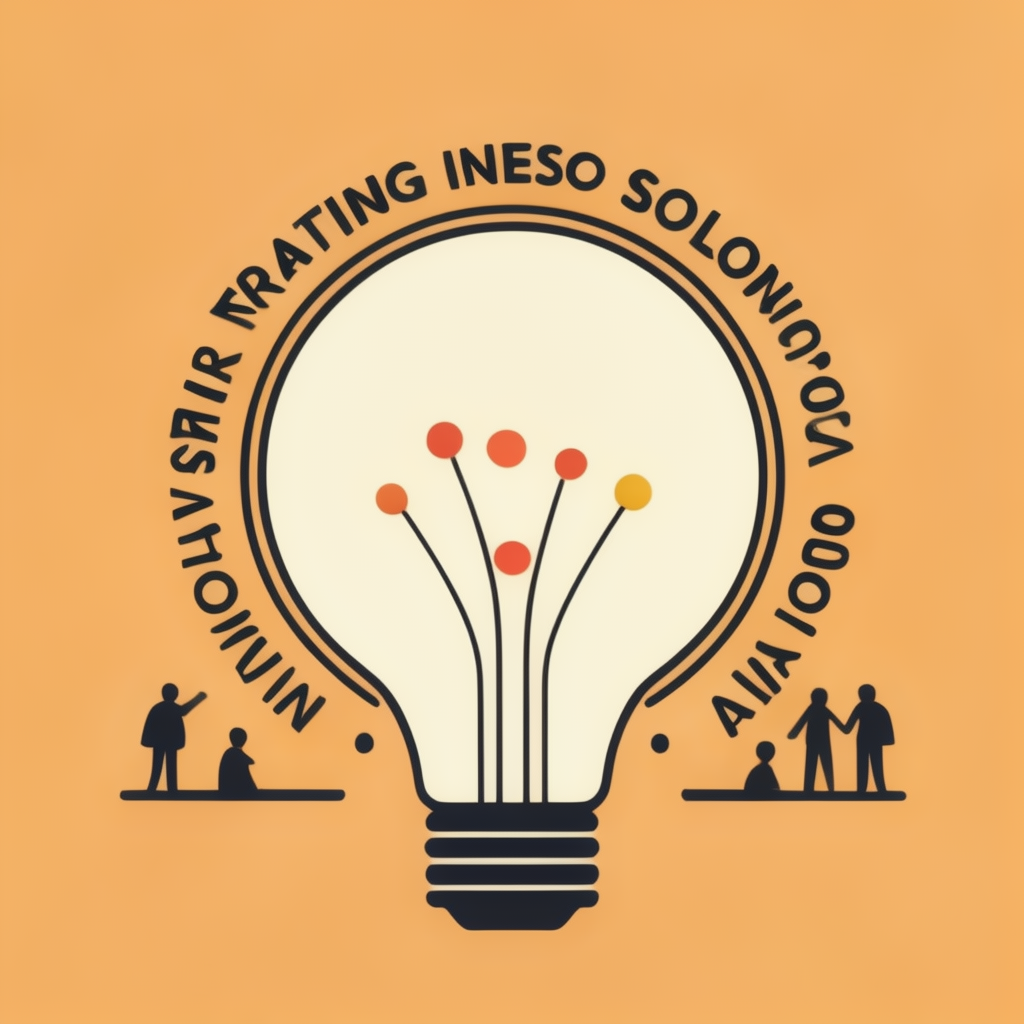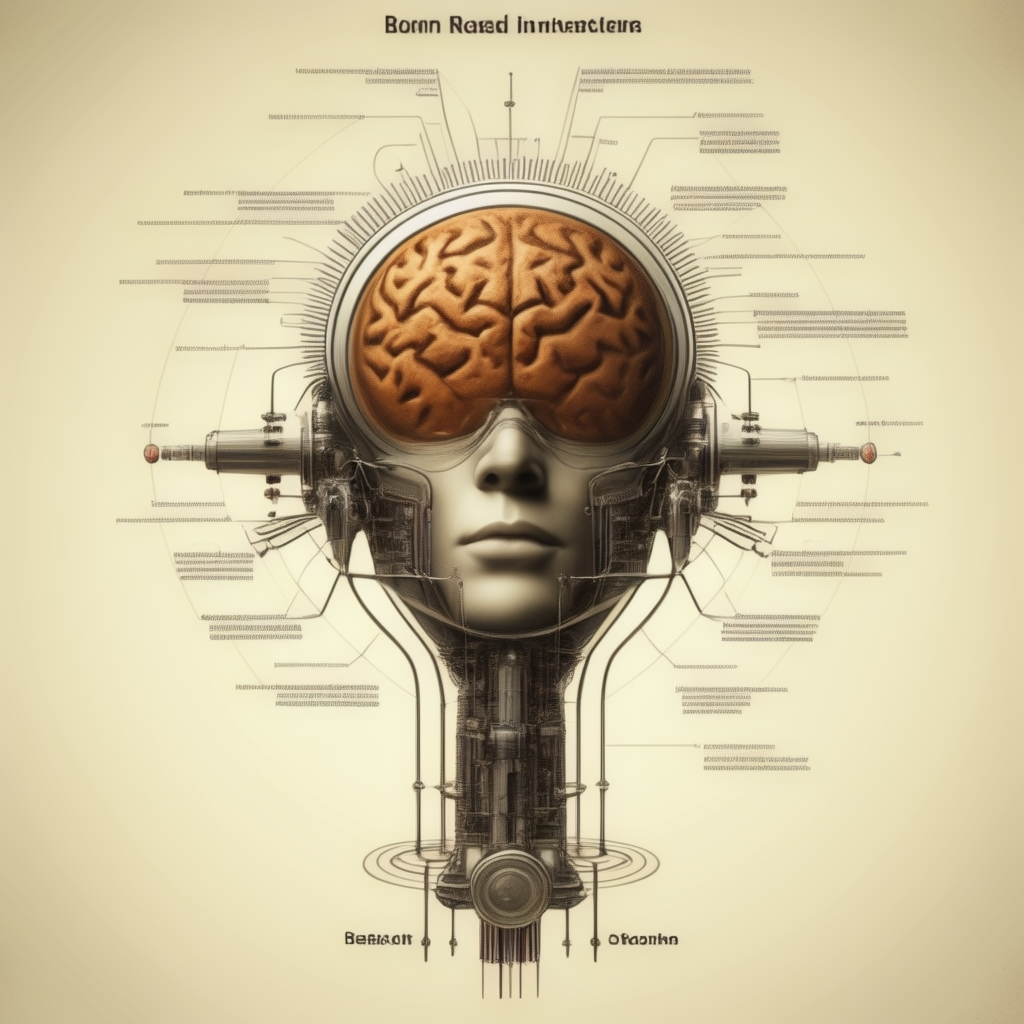The Power of Sequence: Why Success Requires Steps, Not Shortcuts
In the journey of life, whether we’re cooking a meal, learning to drive, or achieving a significant goal, one truth remains universal: everything we do requires a sequence of actions. This sequence is akin to an algorithm—a structured set of steps designed to achieve a specific outcome. However, as humans, we often underestimate the importance of this sequence, skipping steps, underestimating the effort, or expecting results prematurely. This tendency can lead to frustration, inefficiency, and failure.
This blog explores why understanding and respecting the sequence of actions is critical for success and how applying this principle can transform the way we approach challenges, from everyday tasks to monumental achievements.
The Algorithm of Life: Why Sequence Matters
An algorithm is a step-by-step process to solve a problem or achieve a goal. This concept is not limited to programming; it governs nearly everything we do. Whether it’s making a cup of tea or launching a complex project, every action has a logical order that must be followed.
Examples of Everyday Algorithms
- Making Tea:
- Boil water.
- Add tea leaves or a tea bag.
- Let it steep for a specific time.
- Add milk, sugar, or lemon (if desired).
- Serve.
- Learning to Drive:
- Understand the basics of vehicle operation.
- Learn gear shifts, acceleration, and braking.
- Practice in controlled environments.
- Gradually take on complex scenarios like traffic and highways.
- Completing Big Tasks:
- Break the goal into smaller objectives.
- Gather knowledge and tools.
- Execute tasks in logical steps.
- Evaluate progress and adapt as needed.
- Persevere until the goal is achieved.
The Problem with Skipping Steps
Despite the ubiquity of sequences, many people attempt to bypass steps in pursuit of faster results. Here’s why this often backfires:
1. Lack of Knowledge
Skipping steps often stems from a lack of understanding of what’s required. For instance, someone starting a business may overlook foundational steps like market research or financial planning, leading to poor decisions later.
2. Impatience
Modern culture, driven by instant gratification, fuels impatience. People want quick results, whether it’s weight loss, financial success, or learning a skill. However, these goals require sustained effort over time, with no shortcuts.
3. Overconfidence
Believing that “I know enough” or “It’s not that hard” can lead to skipping critical steps. For example, an overconfident cook might forgo reading a recipe, resulting in a failed dish.
4. Lack of Feedback
Skipping steps denies you the opportunity to gather feedback. Feedback is crucial for learning, adapting, and refining your approach.
Why Respecting the Sequence Leads to Success
Understanding and respecting the sequence of actions is not just about following rules; it’s about building a strong foundation for success. Here’s why:
1. Mastery Through Repetition
Every skill, no matter how complex, is built through repetition. For example:
- Cooking: Repeatedly following recipes teaches you techniques like balancing flavors and textures.
- Driving: Practicing every step until it becomes second nature builds confidence and safety.
2. Incremental Growth
Big achievements are the cumulative result of small, consistent steps. Imagine writing a book: it’s not written in a single day but through hundreds of sessions of writing, editing, and revising.
3. Adaptability
Following the sequence doesn’t mean rigidity. As you move through steps, feedback helps you adapt. For instance, a startup may pivot its business model after learning from initial failures.
4. Sustainable Results
Skipping steps might yield temporary success, but sustainable achievements require thorough groundwork. Building a house without a strong foundation might work for a while, but it won’t withstand storms.
How to Respect the Process: A Practical Framework
Here’s how you can apply the principle of sequence to any task or goal:
1. Break Down the Task
Divide the task into smaller, manageable steps. For instance, if you want to lose weight:
- Understand your current health.
- Research effective diet and exercise routines.
- Set achievable goals (e.g., 1 kg per week).
- Track progress and adjust.
2. Gather Knowledge
Don’t dive into tasks without understanding what’s required. Read, ask experts, or observe others who have succeeded.
3. Follow the Sequence
Adhere to the logical order of steps. Resist the urge to skip ahead, even if it feels slow.
4. Be Patient and Persistent
Understand that big goals take time. Patience isn’t passive—it’s actively staying on course despite delays.
5. Embrace Feedback
At each step, reflect on what worked and what didn’t. Use this feedback to improve your approach.
Learning from Nature: The Ultimate Algorithm
Nature itself is governed by sequences:
- A seed doesn’t become a tree overnight: It follows the sequence of germination, growth, and reproduction.
- Seasons transition gradually: Spring doesn’t skip to winter; each phase has its role.
This natural progression teaches us the importance of patience, preparation, and respecting the order of things.
The Science and Philosophy of Following Steps: A Comprehensive Exploration
Understanding the sequence of actions, or “algorithms,” required for success involves layers of complexity. To expand further, we must examine this phenomenon through diverse perspectives, including science, evolution, social conditioning, medical research, habits, genetics, and the environment. Below, we delve deeper into why following a sequence is fundamental and what factors contribute to or disrupt this process.
1. Biological Imperatives: Evolutionary Foundations of Step-by-Step Learning
From an evolutionary standpoint, humans are biologically wired to learn in sequences. Our brains evolved to process information incrementally, creating mental models that build upon previous steps.
- Survival Mechanism: Early humans relied on sequential learning for survival. For example, to hunt successfully, they needed to understand patterns in prey behavior, plan ambush strategies, and execute them in steps. Skipping any step often resulted in failure or danger.
- Neural Networks: The brain’s structure supports sequential processing. The prefrontal cortex, responsible for planning and decision-making, works in tandem with the hippocampus, which helps store and recall the steps required for complex tasks.
- Trial and Error: Evolution favored those who could learn through incremental failures and successes. Each failure provided feedback, refining future actions. This iterative process is the evolutionary root of respecting sequences.
2. Social Conditioning and Cultural Norms
Social conditioning significantly influences our perception of effort and sequences, often creating cognitive dissonance between expectations and reality.
- Instant Gratification Culture: Modern societies emphasize quick results, overshadowing the importance of methodical effort. Social media and instant successes showcased online create unrealistic expectations, leading individuals to disregard necessary steps.
- Cultural Narratives: Some cultures instill the value of hard work and sequential learning (e.g., apprenticeships in craftsmanship). In contrast, others may focus on end results, de-emphasizing the process.
- Education Systems: Traditional education systems are designed to teach through incremental steps, but the emphasis on grades over understanding often conditions students to skip learning processes, relying instead on shortcuts like rote memorization.
3. Genetics and Neurobiology: Predispositions Toward or Against Sequential Thinking
Our ability to follow steps is influenced by genetics and individual neurobiology. Some people may have innate advantages or disadvantages in this regard.
- Executive Function: Variations in executive function (regulated by the prefrontal cortex) can affect how well individuals plan and execute sequences. For instance:
- People with ADHD may struggle with organizing steps, skipping ahead, or abandoning tasks midway due to impulsivity.
- Individuals with high-functioning autism might excel at following rigid sequences but struggle with adapting them when flexibility is required.
- Genetic Predispositions: Genes influencing dopamine regulation can impact motivation and reward sensitivity. People with lower dopamine activity might find long sequences less rewarding, making it harder to follow through.
4. Environmental Factors and Habits
The environment plays a significant role in shaping our ability to follow sequences effectively.
- Stable vs. Unstable Environments: A chaotic or resource-scarce environment often forces people to prioritize immediate needs over long-term processes. This can condition individuals to skip steps in pursuit of survival.
- Habit Formation: Habits are built through repeated actions over time. The habit loop (cue, routine, reward) exemplifies the sequence required to form habits. Skipping any part of this loop disrupts habit formation.
- Workplace Environments: High-pressure workplaces often reward results over processes, conditioning employees to take shortcuts. Conversely, environments emphasizing iterative development (e.g., Agile methodologies) foster respect for sequences.
5. Medical and Psychological Insights
Physical and mental health strongly influence one’s ability to respect and follow sequences.
- Stress and Cognitive Load: High stress or multitasking overloads the brain’s working memory, making it difficult to adhere to complex sequences. Chronic stress, in particular, reduces activity in the prefrontal cortex, impairing decision-making and planning.
- Neuroplasticity: The brain’s ability to rewire itself allows individuals to improve sequential thinking with practice. For instance, patients recovering from brain injuries relearn tasks through carefully designed sequences in therapy.
- Disorders: Conditions like anxiety, depression, or PTSD can distort perceptions of time and effort, causing people to either rush through steps or become paralyzed, unable to move forward.
6. Feedback Loops and Iterative Learning
Every sequence involves feedback mechanisms, which are essential for improvement and adaptation.
- Science of Feedback: In control systems, feedback loops are used to adjust processes based on outcomes. Similarly, in human behavior, actions produce results, which inform subsequent steps.
- Positive vs. Negative Feedback: Positive feedback (e.g., achieving a milestone) reinforces the sequence, motivating continuation. Negative feedback, if interpreted poorly, can deter people from proceeding.
- Learning through Iteration: Iterative processes, such as agile development or scientific experimentation, rely on executing, evaluating, and refining sequences over multiple cycles.
7. Cognitive Science: The Limits of Shortcuts
Shortcuts appeal to our cognitive biases but often lead to suboptimal outcomes.
- Cognitive Biases:
- Optimism Bias: Overestimating one’s ability to skip steps and still succeed.
- Confirmation Bias: Ignoring evidence that highlights the importance of intermediate steps.
- Chunking Information: The brain chunks information into manageable units for easier processing. However, when chunks are skipped or mismanaged, errors accumulate.
- Flow State: Entering a state of flow requires mastery of sequential steps. For example, a musician improvising on stage relies on years of step-by-step practice to reach that level of effortless creativity.
8. Philosophical and Ethical Considerations
From a philosophical perspective, skipping steps often reflects a deeper misunderstanding of process-oriented thinking.
- Virtue of Patience: Many philosophies emphasize patience and the journey over the destination. Skipping steps undermines this principle, fostering impatience and dissatisfaction.
- Ethical Implications: Cutting corners in professional or personal tasks can lead to ethical dilemmas, such as delivering substandard work or harming others through negligence.
9. Complex Systems Thinking
In complex systems, skipping steps can cause cascading failures.
- Interconnectedness: Each step in a sequence affects subsequent ones. Skipping a foundational step can disrupt the entire system.
- System Fragility: Complex systems, such as supply chains or ecosystems, fail when critical processes are overlooked. For example, a skipped step in quality control can result in widespread product failures.
- Feedback Delays: The consequences of skipping steps might not be immediate, creating a false sense of success that collapses later.
10. Long-Term vs. Short-Term Thinking
Skipping steps is often rooted in short-term thinking, while respecting sequences aligns with long-term success.
- Compounding Effort: Small, consistent actions build over time, similar to compound interest. Skipping steps interrupts this compounding process.
- Delayed Gratification: Studies, such as the famous Marshmallow Test, show that individuals capable of delaying gratification tend to achieve better outcomes in life.
11. The Role of Technology
Modern technology offers tools to simplify sequences, but it also creates a risk of over-reliance.
- Automation: While automation can reduce repetitive steps, it cannot replace foundational knowledge. For example, relying on AI for coding without understanding programming basics can lead to errors.
- Gamification: Tools like Duolingo use gamified sequences to make learning enjoyable, reinforcing the importance of completing steps.
Conclusion: Embracing the Algorithm of Life
The sequence of actions is not just a practical necessity but a reflection of how we engage with the world. Understanding this through multiple lenses—evolution, neuroscience, social conditioning, and more—reveals the profound importance of respecting steps.
To truly achieve success, we must resist the temptation of shortcuts and commit to the process, knowing that every small step is a building block for greater accomplishments. Success, in the end, is a sequence—not a single leap.
Whether you’re making tea or launching a startup, success is the result of following a sequence of actions. Skipping steps might seem tempting, but it often leads to failure, frustration, or incomplete outcomes. By understanding the importance of logical order, acquiring knowledge, gathering feedback, and practicing patience, you can achieve sustainable success in any area of life.
Remember: Every big goal is just a series of small, well-executed steps. Master the sequence, and you’ll master success.






